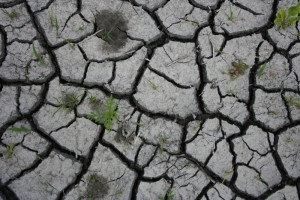Signature Landforms

“The American Geographies,” an essay by Barry Lopez, inspired me to begin a series of books on “signature landforms.” So far, I’ve finished only two: Stone by Stone covers the iconic abandoned stone walls of New England. Beyond Walden covers the sandy kettle lakes of the northern states, a region I call the glaciated fringe.
The basic idea is that the United States does not have a geography because it has many geographies. Each is the product of the regional geology, which is itself is a product of bedrock type, the tectonic stage, and the prevailing climate. Physioigraphy is the old term. Perhaps it should be more widely used today.
Long before the modern “green” movement called for “bio-regionalism, the geologists and physical geographers interested in the origins of the physical landscape were investigating what they called physiographic provinces. Broadly speaking, each has its own signature landform, one that proclaims: “I am here, and nowhere else.” Quoting the first page of Stone by Stone, “Kentucky has its caves, Florida its coral reefs, Louisiana its bayous, Arizona its arroyos, Washington its volcanoes, Minnesota its lakes, and New England its stone walls. The landscape would simply not be the same without them.” These differences lie beneath the bland uniformity of our modern “exit-ramp” culture, making them all the more important today.
A third book on signature landforms, is in the works.
Photo: The pattern of stone walls on the New England landscape is part of a fractal pattern that continues from the scale of the road network to those of mudcracks.